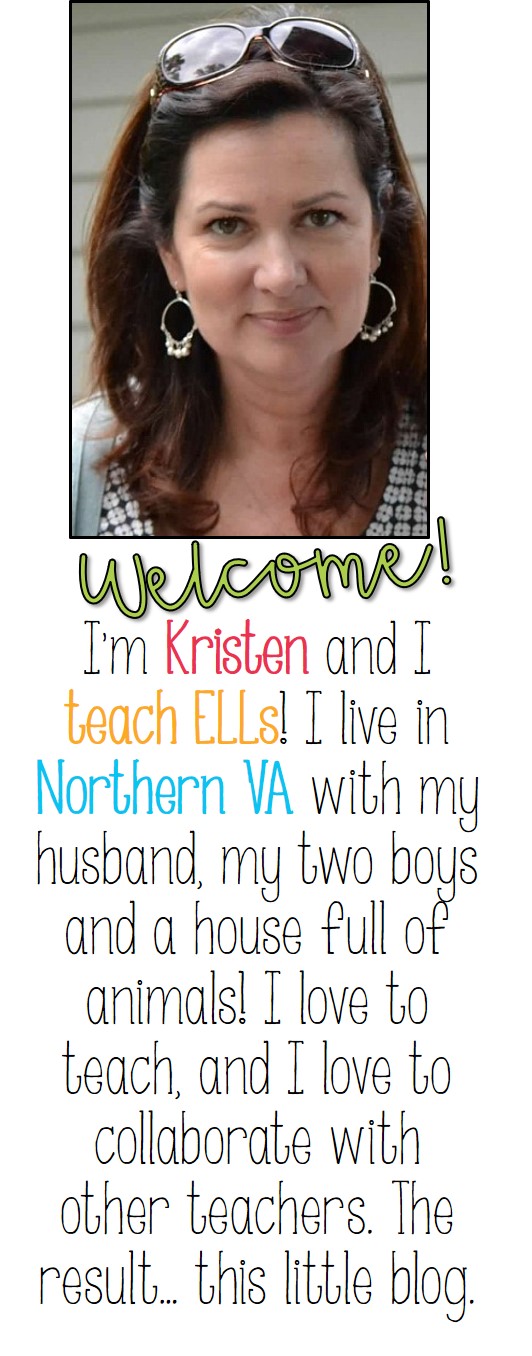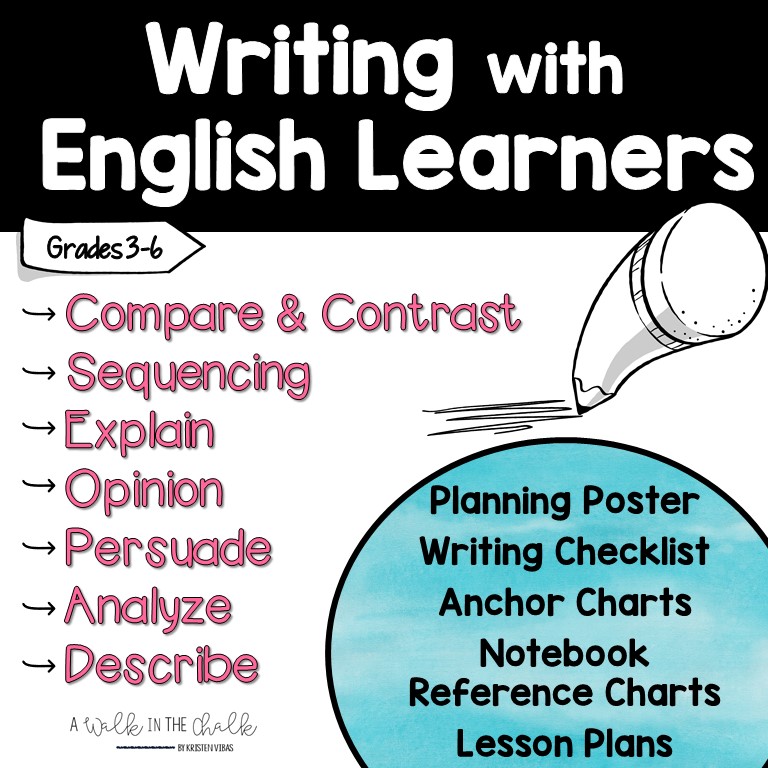Hi there!!! Can I just say...life is CRAZY!! How do we do it all? I don't know, but we do! Hats off to all of my teacher friends out there who do it ALL every day!!
Now, down to business. I am ALL about teaching my students how to become "readers who think," or "thinker readers." ;) During Reader's Workshop, one of the "must-dos" for my students is to write a Reading Response letter to me about a book they are currently reading. I think it's SO important for students to reflect on their reading, to be able to talk about their reading, and to summarize their reading. I'd like to share with you how I set up my students' Reading Response Letters...
Step 1: MODEL! I introduce this skill/expectation with a Read Aloud. My go-to book is When the Relatives Came, by Cynthia Rylant. I like this book in particular because most, if not all of my students can make a connection to a time when relatives visited with each other. It's important for students to be able to think deeply about their reading, so I start with a book that they can personally relate to.
Step 2: The Letter! After reading the book, and thinking out-loud about the connections I made and the questions I asked, I then share with them MY letter. I show them that my letter has two main parts, a brief summary of the book AND a thinking part. In the thinking part, students are asked to share reading strategies or skills they used while reading, such as connections, predictions or inferences. They can describe how a character changes in their reading, or how they are similar or different from a character. They can talk about anything they want, as long as they are thinking deeply about their reading.
Step 3: Expectations! I'm a big believer in setting kids up for success. I want them to know exactly what the expectations are. That's why, in their reading folder or notebook they have a copy of MY letter, a list of ideas for them to write about AND a rubric showing how their letters will be scored. I go over the rubric with the class, and then they put all 3 of these items into their reading folders, or notebooks to use as a tool for when they sit down to write their own letters.
 |
| FREEBIE! Click HERE to get your own copy! |
 |
| The left example provides format scaffolds for students. They are gradually released to the example on the right, and then finally released to writing in their own reader's notebooks. |
When they transfer to their notebooks I shrink this cover page down 80% and its either glued onto the front of their notebook, or inside their notebook.
 |
| FREEBIE! Click here! |
Here is how I've managed it in the past... I could manage about 6-8 journals a week. I have 24 students. I group students so that each week a different group of students' journals were due. They know when it's "their week." I take their journals and respond to just one of their letters. They write one letter per week, or one letter every other week (you decide), so they should have several letters, or at least a couple, for me to read. I do read ALL of their letters, but I only respond to one. Right there in their journal, I write to them about their book and about their thinking. This is a great way for me facilitate a conversation AND to ask probing questions that will help them to dig a little deeper the next time. :)
The kids LOVE getting their journals back and reading my responses back to them. It makes them want to write to me again about their reading for the week.
I really enjoy incorporating Reading Response Letters. I've seen kids who could not write a summary or write about their reading evolve into excellent summarizers and deep thinkers by the end of the school year. These letters are great tools to use when conferencing with kids about their reading/writing. I plan to always have my students writing Reading Response Letters. The positive impact I've seen makes this teacher a huge fan. :)
Click HERE for a copy of my Model Letter. And click HERE to get an editable version; just type in your name and date...DONE!






























I really like the reading-response letter format. I'm wondering, what grade do you use this with?
ReplyDeleteHi! I've used the reading response letters with grades 3-6. :-)
Delete